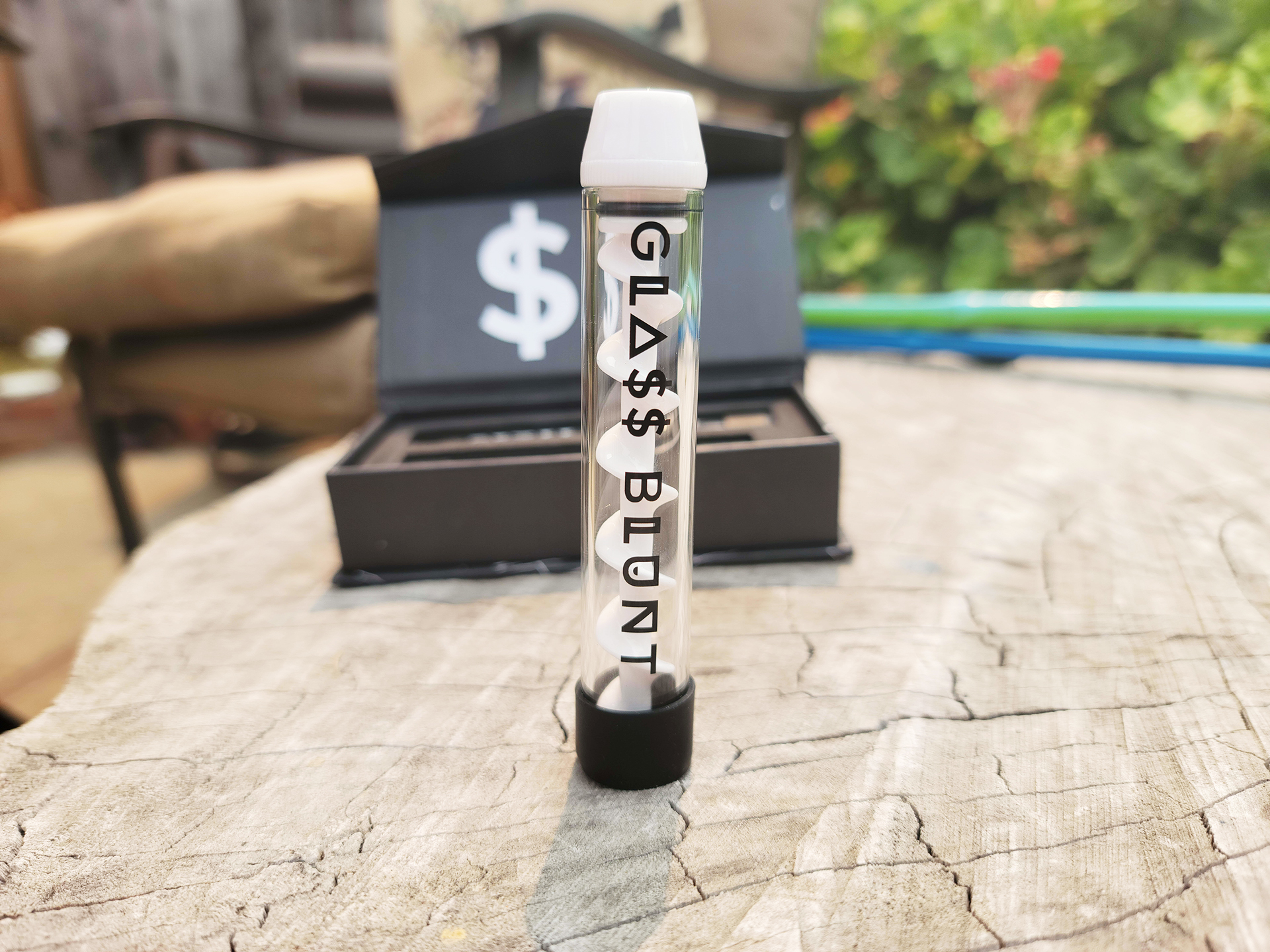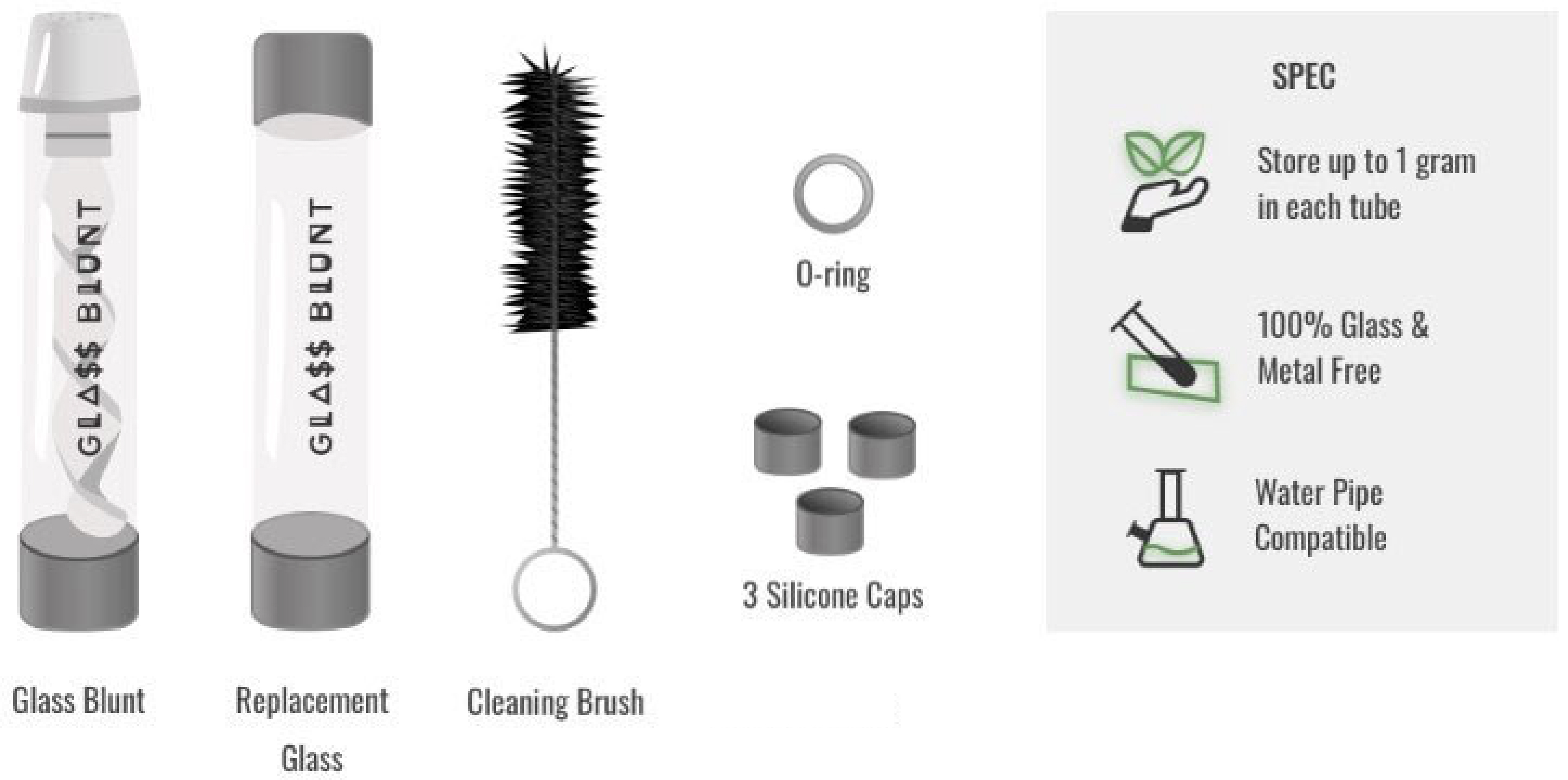
What Are Glass Joints?
March 9, 2021
The Best Glass Blunt Store Online
August 25, 2021Stay Away From Super Hard Cannabis Is A Sign for PGRs (Plant Growth Regulators), which can cause cancer.
The weed industry has exploded in recent years due to legalization in various regions. As a result, marijuana production companies have quickly come into being as growers and investors try to have a piece of this rising industry. And although it would be an ideal world if production companies always had the consumer’s best interest in mind, unfortunately, that isn’t the case. Here’s what you need to know about one of the biggest health threats to weed consumers: Plant Growth Regulators.
What are PGRs in Weed?
Plant Growth Regulators are chemicals that occur naturally in plants. They act as a calendar for the plant by telling it the growth hormone cycle. Like when to sprout, when the fruits should ripen, and even the shape and size of the plant’s components. Natural plant growth regulators are all good and well. It’s the synthetic version—which has become popular with growers—that’s the problem. Growers use the synthetic version to alter the growth patterns of the bud. They make the plant more condensed and uniform so that there’s more bud condensed on each branch. This makes harvesting easier and the end product more visually appealing for consumers, as the synthetically treated flower looks denser and more tightly packed.
How PGRs Can Affect You
The synthetic plant growth regulators used in weed production could pose serious health threats for consumers that smoke heavily or over the long term. According to leafipedia.net, many of these synthetic PGRs used on marijuana plants have been banned by the FDA on food crops due to carcinogenic tendencies. Pubmed.gov describes this as toxicological characteristics that can disrupt the reproductive system and impose damage on one’s overall health. The fact that consumers inhale weed should raise a red flag for these chemicals to be used on grow sites. Unfortunately, the weed industry is fast to grow but slow to fully regulate, and many of these concerns are falling to the wayside as the industry tries to find a rhythm place in the marketplace.
How to Tell the Difference
A good way to tell the difference between natural and PGR marijuana is by paying close attention to the characteristics of the bud. There are many visual guides available online, but if the bud is very hard there is a chance it has the plant growth regulator) Since synthetic PGRs can disrupt the plant’s natural growth, the terpenes are cut short, and you may find that synthetically treated weed is less potent. You might also notice less resin, or less of a sugary texture coating the bud. Also, watch out for bud that’s more of a brownish color and has less of a potent smell. If it seems like a shell of what you know to be good weed, it’s probably been treated with synthetic PGRs. Another good way to avoid PGRs is by asking your budtender about the company behind the product or calling the growing company yourself.
Either way, it’s essential to know the effects of PGRs and to be aware that dishonest growers are looking to make a fast and easy product, not keep you healthy. Synthetic PGRs are just another thing consumers need to look out for when buying something they’re going to put on their bodies, eat, or inhale. The weed industry grew in a fast and furious manner, and that brings a whole host of concerns that consumers need to be aware of—hopefully before your body and health make you aware.






